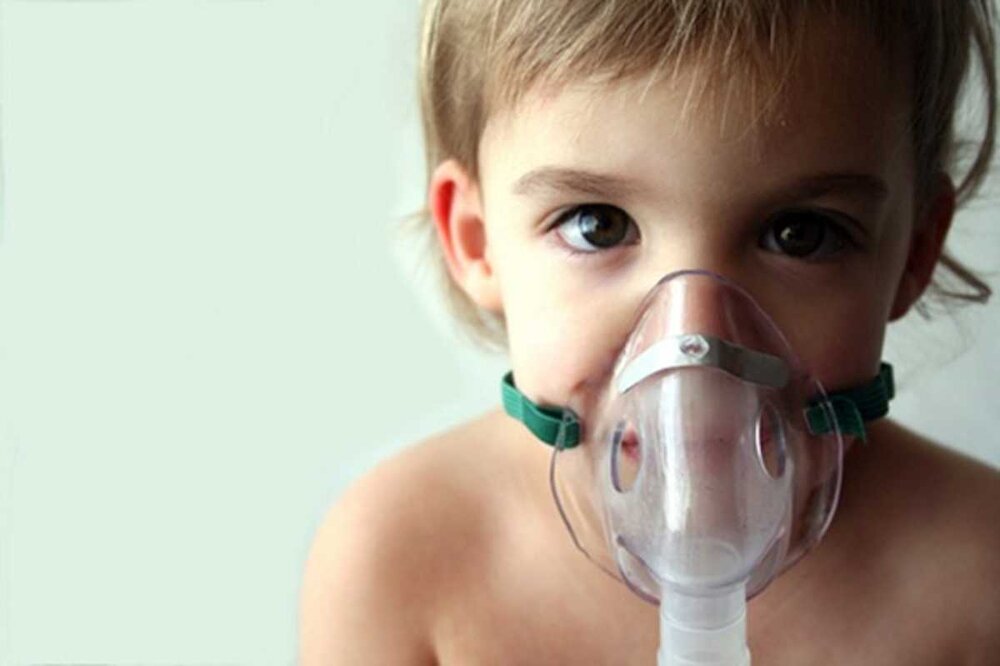Climate change responsible for respiratory diseases growth

TEHRAN – The respiratory diseases are increasing due to climate change, which will turn into the second-leading cause of death in the world, Jafar Jandaghi, head of the labor health center of the Ministry of Health, has said.
Climate change has caused global warming, carbon dioxide emissions, sea level rise, floods, sand and dust storms, water scarcity, torrential rains, and rapid seasonal changes.
The amount of energy will reach 2.6 watts per square meter by 2030 and 8.5 watts per square meter in 2090. When the global temperature rises more than three degrees, the planet will no longer be habitable.
Considering the increase of diseases such as cholera to be caused by this situation, he noted that policies must move towards change, IRNA reported on Saturday.
Improving the level of people's knowledge about diseases, water, and food safety, using the power of non-governmental organizations, updating clinical guidelines, increasing awareness at the level of universities and society, and increasing the awareness of health workers will help curb the consequences of climate change, he also highlighted.
Jandaghi went on to say that a national committee on climate change has been formed and two national programs are being implemented to curb the impacts of climate change in cooperation with the World Health Organization and the United Nations Industrial Development Organization.
“We must move towards reducing fossil energy consumption, producing clean energy, and developing technological agriculture to reduce water consumption,” he suggested.
Earlier this week, the World Health Organization representative to Iran, Jaffar Hussain, said that Iran's studies on climate change are among the most reliable in the world.
The government of Iran, in cooperation with us and UNIDO, is carrying out a joint project about the results of weather and climate change in the field of health, which fortunately has made good progress so far, Hussain further stated.
Iran has conducted quality studies in the field of environmental health and work based on the effects of the environment on health, which is considered one of the most reliable studies in the world in this field, he also highlighted, referring to the lack of such projects in other countries.
------------ Climate change and health hazards
According to a report by WHO, Iran is amongst the most vulnerable countries to climate change due to its geographic, economic, and climatic characteristics. For instance, a large area of the country is susceptible to floods, while changing trends in precipitation have also led to droughts and forest fires.
Ambient air pollution can have direct and sometimes severe consequences for health. Fine particles, which penetrate deep into the respiratory tract, subsequently increase mortality from respiratory infections, lung cancer, and cardiovascular disease.
Sand and dust storms have severe impacts on human health, by increasing particulate matter and carrying harmful substances and pathogens, all of which contribute to air pollution and associated respiratory problems.
Furthermore, sand and dust storms increase desertification, drought, and soil salinity, as well as decrease water resources. This has severe implications for people’s livelihoods as well as their health, with agricultural land being particularly badly affected. There has been an observed increase in the frequency and severity of sand and dust storms globally. This is expected to worsen with climate change and be further exacerbated by drought, land degradation, and unsustainable land and water management.
FB/MG
HIGHLIGHT: A national committee has been formed in cooperation with the World Health Organization and the United Nations Industrial Development Organization.
Leave a Comment